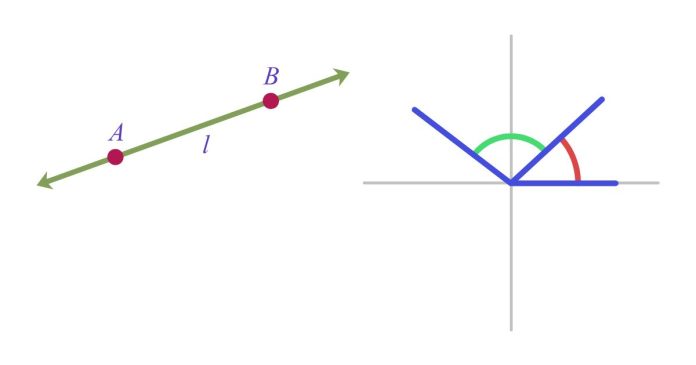Understanding Collinear Points in Geometry
In geometry, the concept of collinear points is fundamental and often encountered in various mathematical problems. But what does it really mean for points to be collinear? Simply put, collinear points are points that lie on the same straight line. The term “collinear” originates from the Latin roots “co-” meaning together and “linea” meaning line, effectively translating to “together in a line.”
Identifying Collinear Points
To determine whether points are collinear, you can use these methods:
- Visual Inspection: If a straight line can pass through all the points, they are collinear.
- Mathematical Approach: When points are plotted on a coordinate plane, calculate the slopes between pairs of points. If the slopes are equal, the points lie on the same line.
For example, consider points A (x1,y1),B(x2,y2), and C(x3, y3).
If the slope of AB equals the slope of , then the points are collinear.
Examples of Collinear Points
- Straight Line Segments: Any two points are always collinear because a single straight line can connect them.
- Geometric Problems: In triangle geometry, the midpoints of a triangle’s sides can sometimes align, forming collinear points.
Why Understanding Collinearity Matters
Collinearity is a crucial concept in geometry and beyond. It plays a significant role in solving geometric problems, proving theorems, and even in real-life applications like engineering and design. For instance, ensuring points are collinear can help in constructing straight paths or designing structures.
Non-Collinear Points
In contrast, points that do not lie on the same straight line are called non-collinear points. For example, the vertices of a triangle are non-collinear because they form a closed shape.
Conclusion
Collinear points are an essential geometric concept, providing a foundation for understanding lines, angles, and shapes. Recognizing and analyzing collinear points helps simplify complex problems, making geometry more accessible and intuitive.


